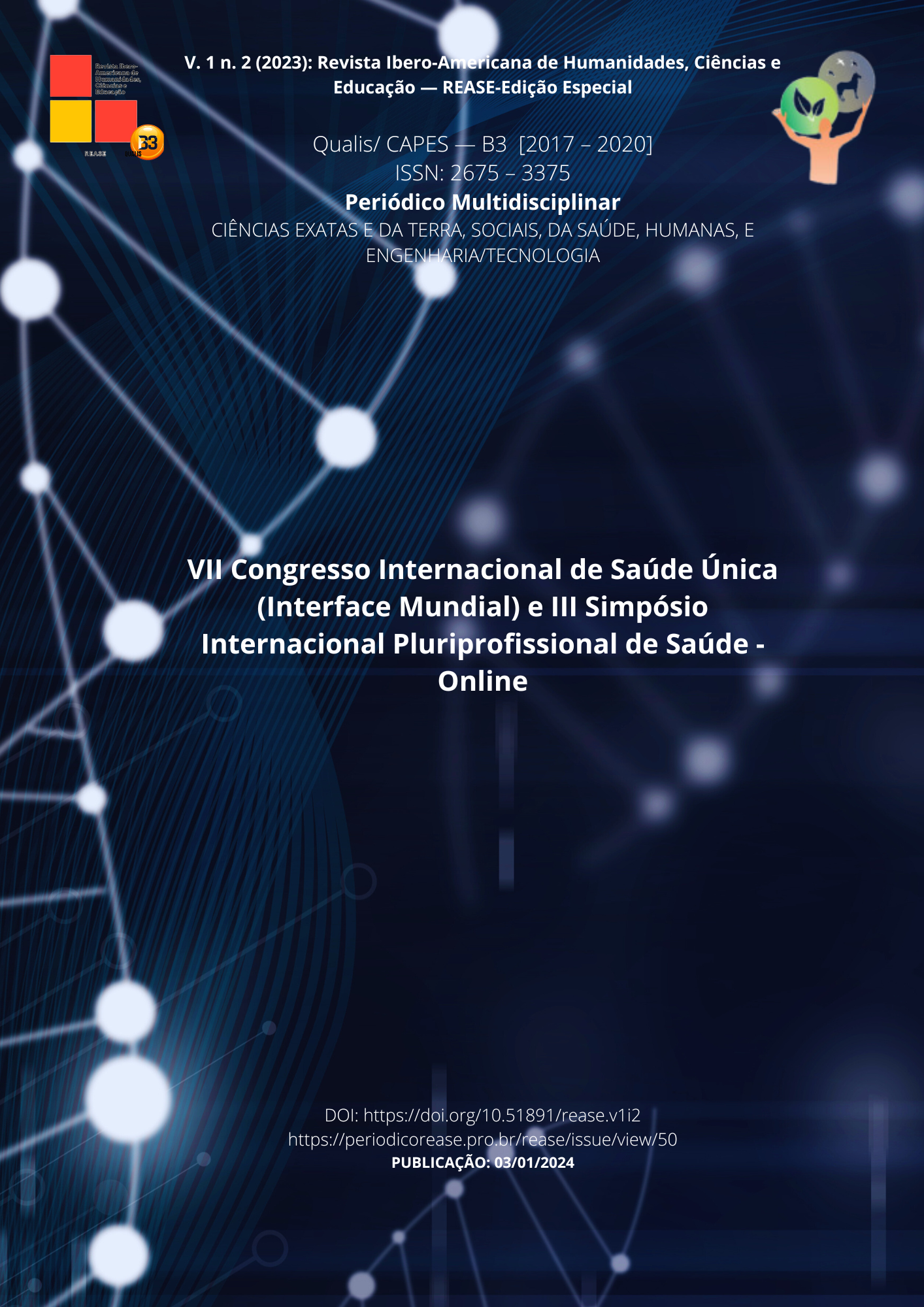USE OF HORMONES AMONG TRAVESTIS AND TRANSSEXUAL WOMEN IN A CAPITAL IN NORTHEAST BRAZIL
DOI:
https://doi.org/10.51891/rease.v1i2.11100Keywords:
Hormones, Transvestites, Sampling.Abstract
Introduction: the desire for the ideal body, consistent with their gender identification, induces transvestites and transsexual women to resort to body transformation procedures, such as the use of hormones. However, in some situations, these procedures are performed without prescription and guidance from health professionals. Objective: to estimate the prevalence of continuous use of hormones and its associated factors among transvestites and transsexual women in a capital in the Brazilian Northeast. Method: cross-sectional study and quantitative approach, the Respondent-Driven Sampling (RDS) recruitment method was used from January to March 2017. Transvestites and transgender women aged 18 years or older were selected. For data collection, a socio-behavioral questionnaire was applied. Data analysis was performed using Stata software. Results: among the 350 participants included in the study, most (92.8%) used hormones at least once in their lives and (51.4%) continue to use them. Most reported considering themselves transvestite (46.2%), aged between 18 and 24 (47.7%), brown (56.3%) and low education (53.2%). The associated use of estrogen and progesterone (92.8%) was the majority, via injection (95.2%), purchased (100%) directly from pharmacies, without a medical prescription and without guidance (43.4%). Satisfaction with the use of hormones was high (80.3%), as well as the unwanted effects felt with the use of hormones (52.1%). Hormone use was associated (p-value ≤0.05) with being a transvestite; with a younger age group (18 to 24 years old); being single; have less than 8 years of study; having reported some unwanted effect due to the use of the hormone; having already thought about suicide and having suffered sexual violence. Conclusion: the construction of gender identity leads this population to a narrowing with the continuous use of hormone, however, its intrinsic risks become a problem for public health.
Downloads
Downloads
Published
How to Cite
Issue
Section
License
Atribuição CC BY

